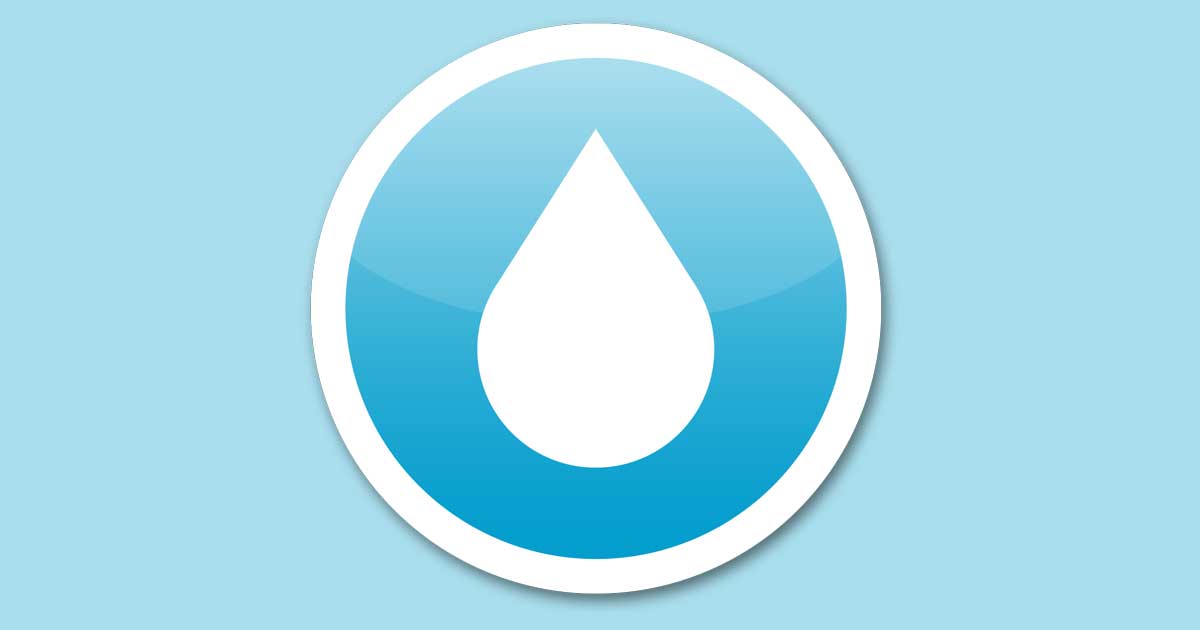Lead in Drinking Water. What's the Big Deal?
April 27, 2023
Well, first of all, lead should not be in our drinking water. It can cause serious health problems if too much enters your body from drinking water or other sources. It can cause damage to the brain and kidneys, and can interfere with the production of red blood cells that carry oxygen to all parts of your body. The greatest risk of lead exposure is to infants, young children, and pregnant women.
That's the scary news. The good news is that drinking water supplied by RWD#1 is lead-free.
More scary news: Trace amounts of lead can dissolve into drinking water during contact with your home's lead pipes (including your water service pipe), brass fixtures, and lead solder. When water is in contact with pipes and plumbing containing lead for several hours, the lead may enter drinking water. Homes built before 1988 are more likely to have lead pipes or lead solder. Other sources of lead include lead paint, lead dust, and lead in soil. Wash your children's hands and toys often as they can come into contact with dirt and dust containing lead.
More good news: The Kansas Department of Health and Environment (KDHE) and Franklin County RWD#1 are working under the guidelines of the Environmental Protection Agency's (EPA) new Lead and Copper Rule Revisions (LCRR). Although most homes have very low levels of lead in their drinking water, some homes could have levels above the EPA action level of 15 parts per billion (ppb), or 0.05 milligramns of lead per liter of water (mg/L). Under Federal law we are required to prepare and maintain an inventory of service line materials and submit that inventory to KDHE by October 16, 2024.
How are we going to do that for nearly 750 customers? Well, we are REALLY going to need your help. We will be providing a survey to homeowners asking you to take a look at the pipes and connections in your home. The survey will be available online and we will mail out printed copies for your use.
Here are things you will need to check:
Your water service line - the main line that comes from the water meter into your home. It's usually located in a basement, crawl space, near the water heater or under the kitchen sink, but it could be anywhere.
The primary internal plumbing - the water lines entering the building.
The secondary internal plumbing - the lines that branch off the primary plumbing and supply water to the rest of the house.
The following are good places to look in your home:
- Basement
- Crawl Space
- Behind washing machines
- Near the water heater
- At the water shut-off to the building
- Behind toilets
- Under sinks
- New plumbing may use a manifold system that looks like a block with a bunch of valves and piping exiting it.
Not to worry. You are not in this alone. We appreciate your help on this required project, and we will be available to help.
Watch this website and our Facebook page for additional LCRR information.

